The culinary world is no stranger to innovation, but few techniques capture the imagination quite like molecular gastronomy. Among its many dazzling applications, the use of liquid nitrogen to instantly set sugar glaze into delicate, jewel-like "sugar diamonds" stands out as a breathtaking fusion of science and artistry. This avant-garde method not only redefines texture and presentation but also challenges our very perception of how desserts can be crafted.
Liquid nitrogen, with its cryogenic temperature of -196°C (-321°F), has long been a staple in laboratories. However, its migration into professional kitchens has unlocked unprecedented creative possibilities. When applied to a carefully prepared sugar syrup, the extreme cold causes near-instantaneous crystallization, creating a glass-like lattice structure that shatters with an ethereal crispness. The result? Edible gems that glitter under light, their fragile beauty belying the complex chemistry behind their formation.
What makes this technique particularly remarkable is the contrast between its simplicity of execution and the depth of knowledge required to perfect it. The sugar syrup—typically a precise ratio of sucrose, glucose, and water—must reach exactly 160°C (320°F) before being rapidly frozen. A mere five-degree deviation can mean the difference between a translucent diamond and a cloudy, brittle disappointment. Seasoned pastry chefs often describe the process as "walking a tightrope of thermodynamics," where timing and temperature engage in a delicate dance.
The theatricality of liquid nitrogen adds another dimension to this culinary innovation. As the supercooled vapor cascades over the molten sugar, it creates swirling clouds that dissipate to reveal the finished crystals—a transformation so dramatic it borders on alchemy. High-end restaurants have turned this into performance art, preparing the delicacy tableside to audible gasps from diners. The spectacle taps into something primal: our fascination with instantaneous metamorphosis, the same wonder that makes freezing bubbles or snap-freezing flowers so mesmerizing.
Beyond visual drama, the technique delivers unparalleled textural contrast. When nestled atop a rich chocolate torte or crème brûlée, the sugar diamonds provide a startling crispness that yields to creamy substrates. Food scientists note that the rapid freezing prevents large ice crystals from forming, preserving an almost metallic sharpness to each bite. This mouthfeel innovation has inspired pastry chefs worldwide to experiment with flavored syrups—infusing the crystals with lavender, citrus zest, or even chili for multidimensional taste explosions.
However, working with liquid nitrogen demands rigorous safety protocols. Professional kitchens invest in specialized dewars (insulated containers) and train staff extensively in cryogenic handling. The margin for error is slim: improper ventilation can lead to oxygen displacement, while direct skin contact causes severe frostbite. These risks have kept the technique largely confined to high-end establishments, though simplified versions using dry ice are emerging for home cooks eager to experiment.
The environmental implications of liquid nitrogen usage have sparked thoughtful debate within the culinary community. While the gas itself is naturally occurring and leaves no residue, its production through fractional distillation of air requires significant energy input. Progressive restaurants now track their nitrogen footprint alongside food miles, with some opting for carbon offsets. This sustainability conversation mirrors larger discussions in molecular gastronomy about balancing innovation with ecological responsibility.
As food technology advances, the sugar diamond technique continues evolving. Recent breakthroughs involve embedding these crystals with edible gold leaf or creating gradient colors through controlled caramelization before freezing. Others are experimenting with isomalt—a sugar alcohol that yields even clearer "gems"—while maintaining the signature snap. These variations demonstrate how a single scientific principle can blossom into endless creative expressions when placed in skilled hands.
Ultimately, liquid nitrogen sugar diamonds represent more than a decorative flourish. They embody gastronomy's relentless push toward the extraordinary—where flavors and textures collide with physics to create edible magic. In an era where diners crave both nostalgia and novelty, these ephemeral creations satisfy our hunger for wonder, one glittering shard at a time.
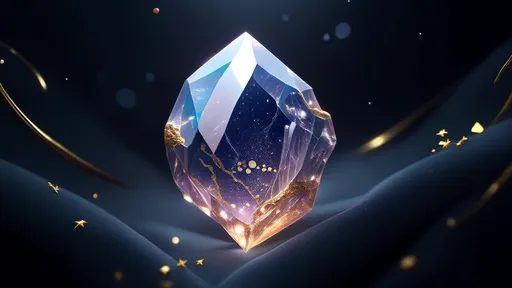
By /Jul 15, 2025

By /Jul 15, 2025

By /Jul 15, 2025
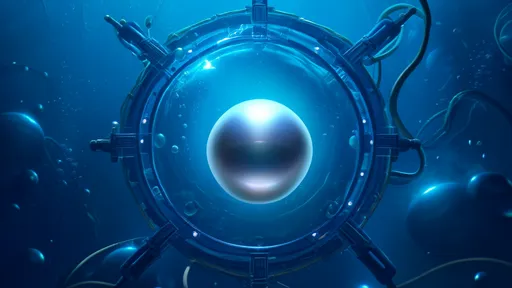
By /Jul 15, 2025
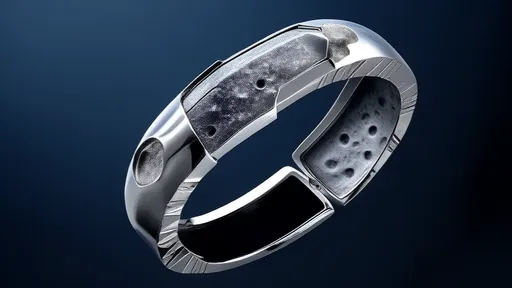
By /Jul 15, 2025
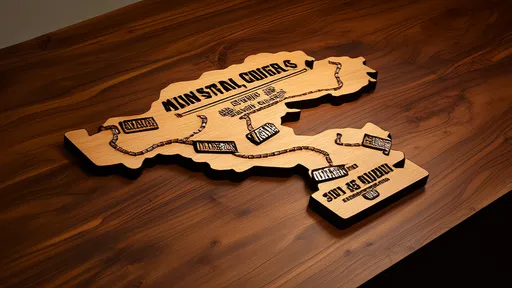
By /Jul 15, 2025
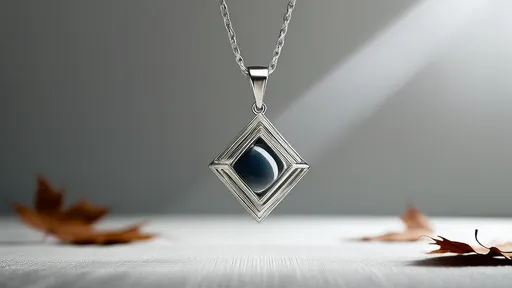
By /Jul 15, 2025
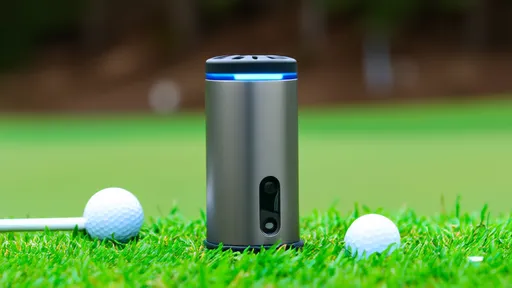
By /Jul 15, 2025
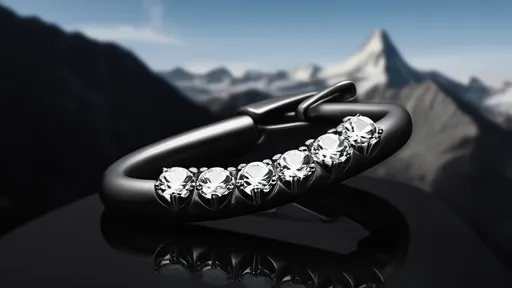
By /Jul 15, 2025

By /Jul 15, 2025
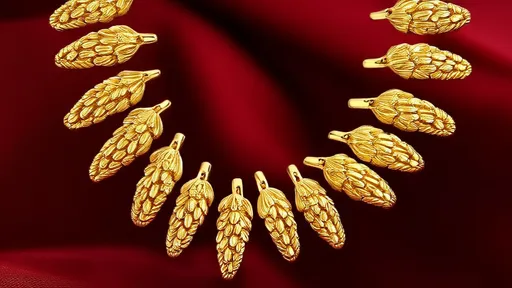
By /Jul 15, 2025
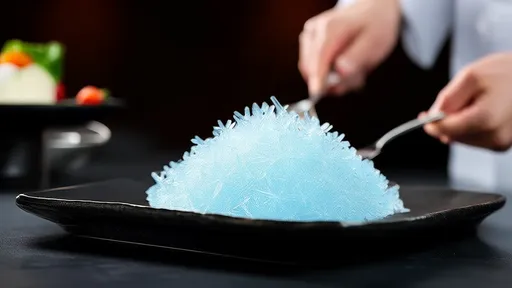
By /Jul 15, 2025
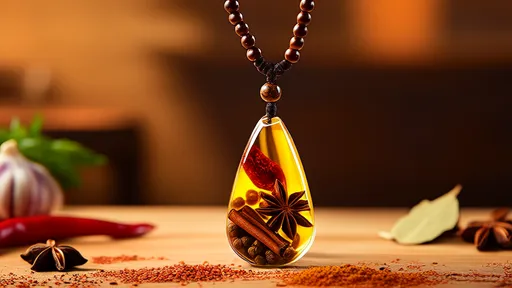
By /Jul 15, 2025
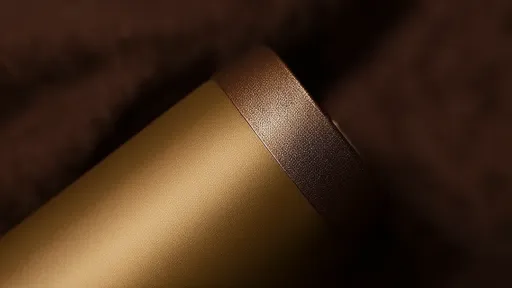
By /Jul 15, 2025
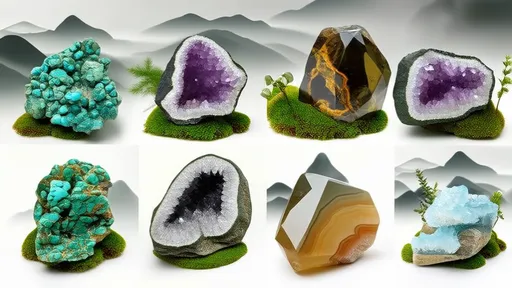
By /Jul 15, 2025

By /Jul 15, 2025
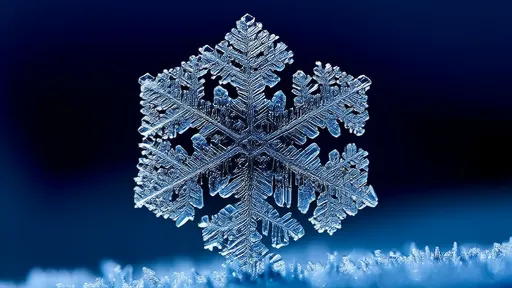
By /Jul 15, 2025
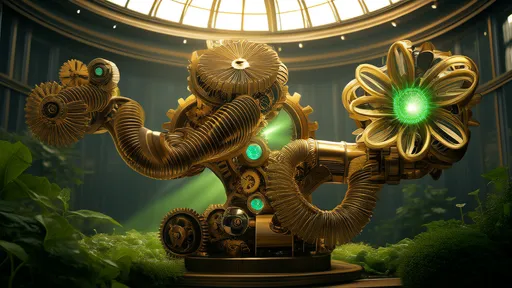
By /Jul 15, 2025